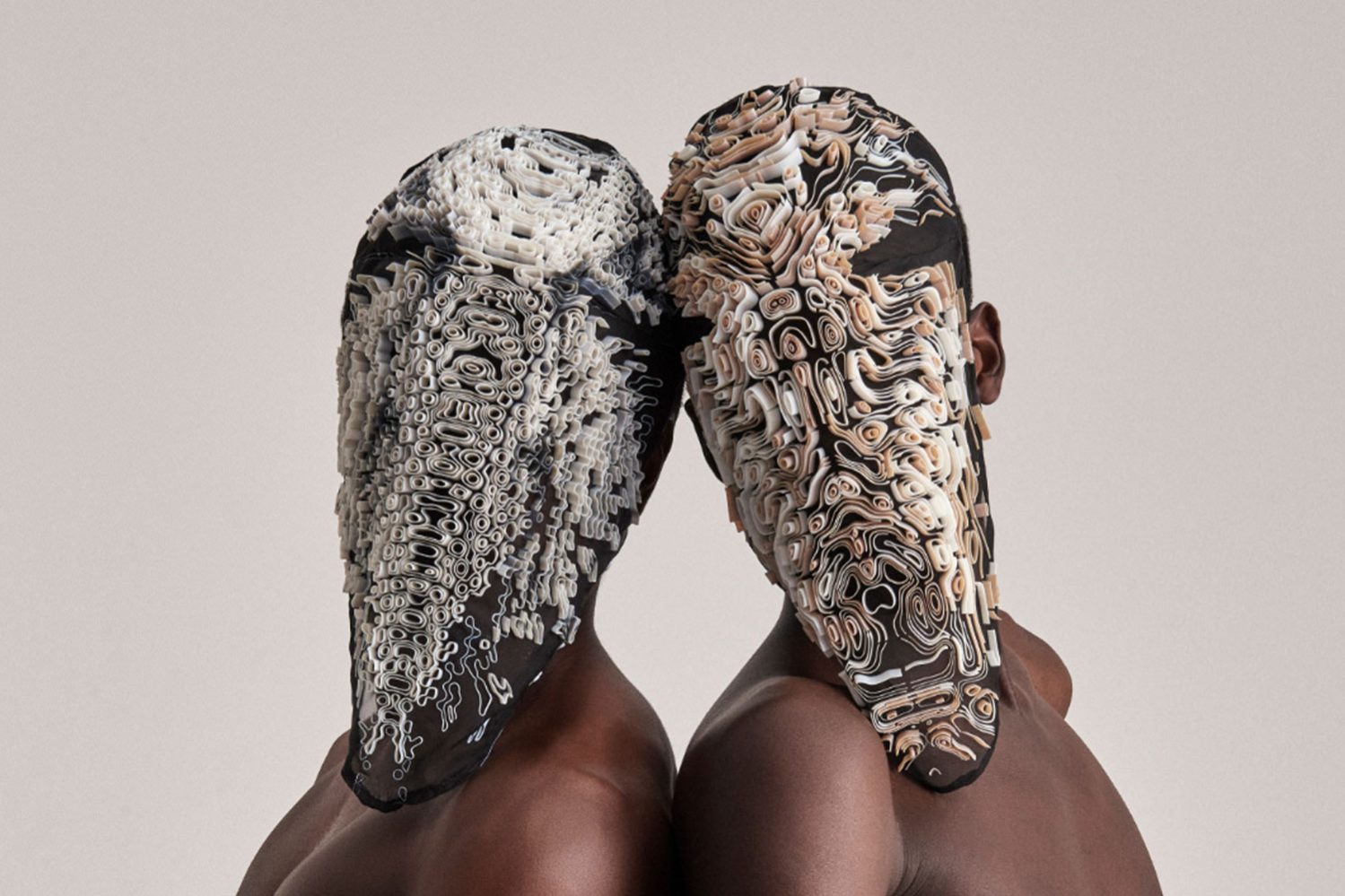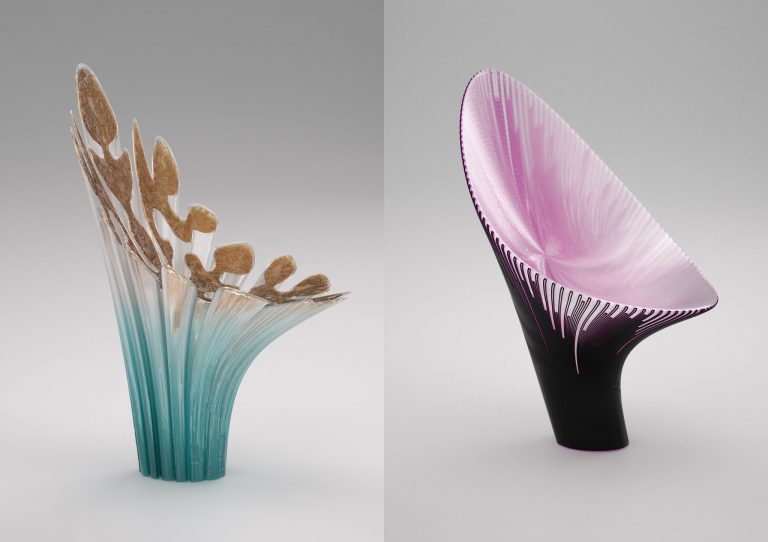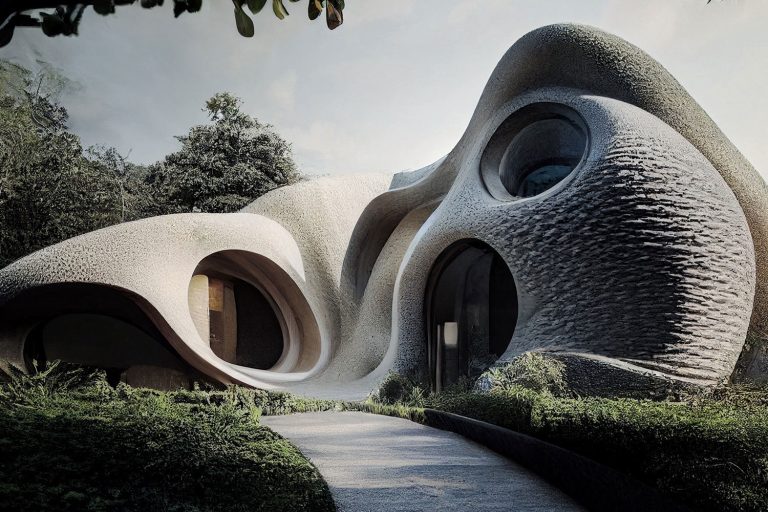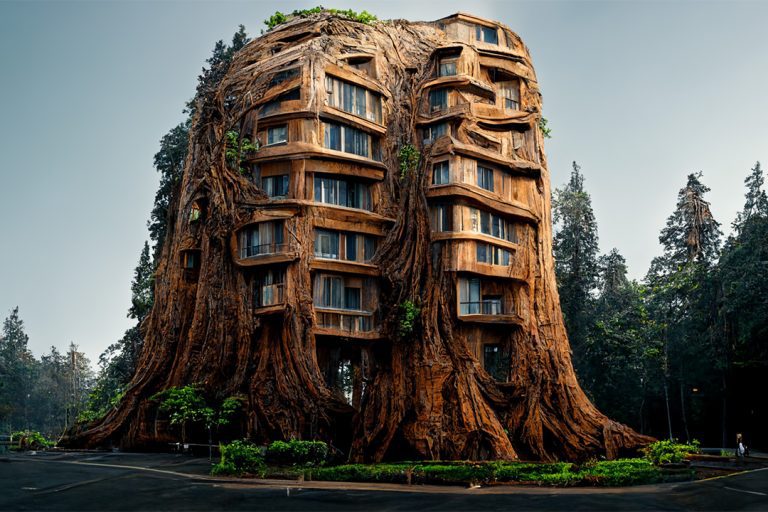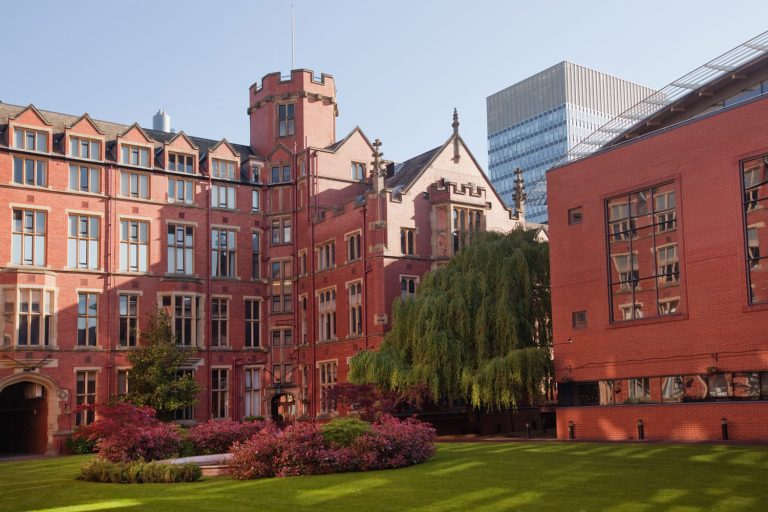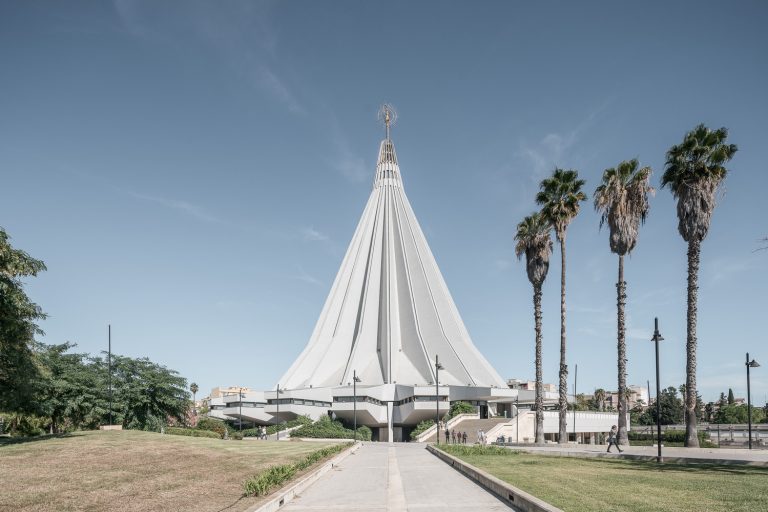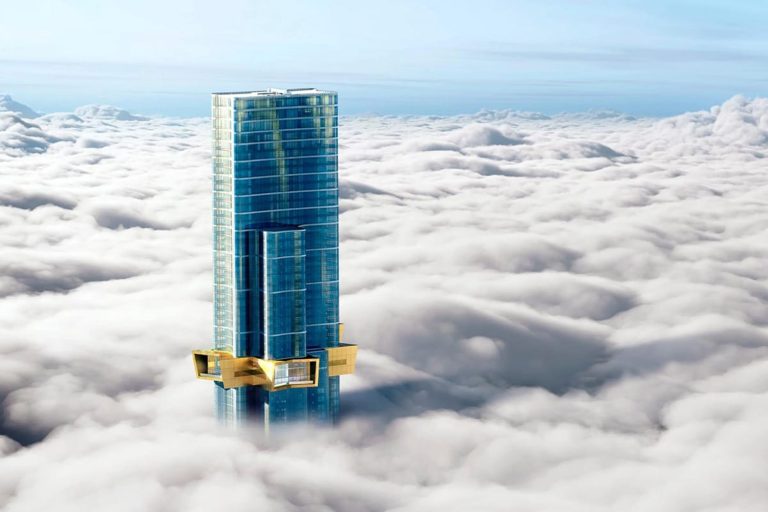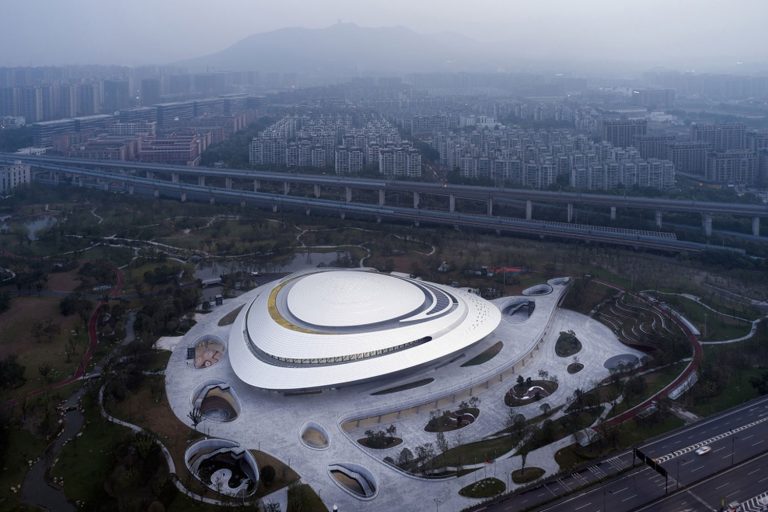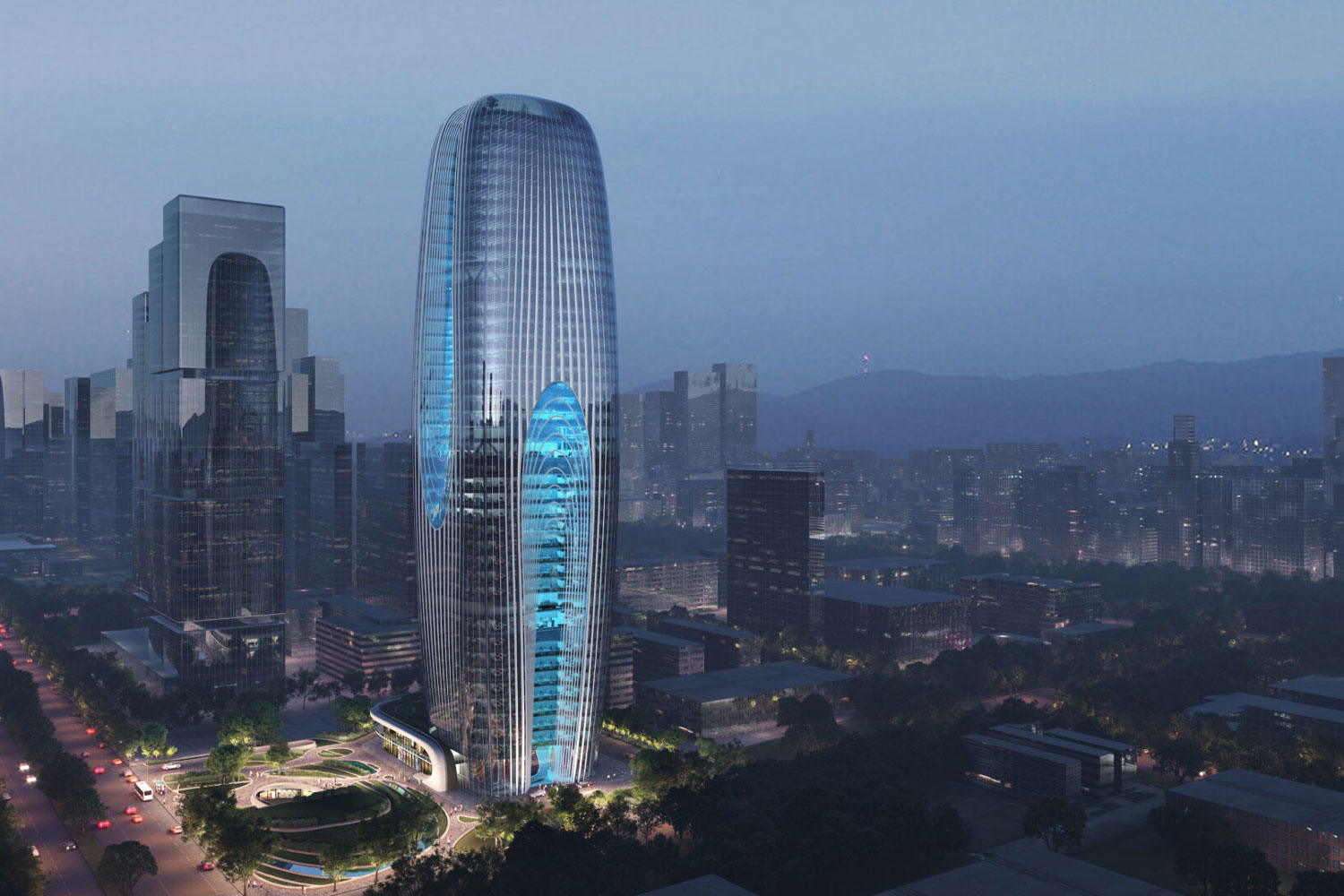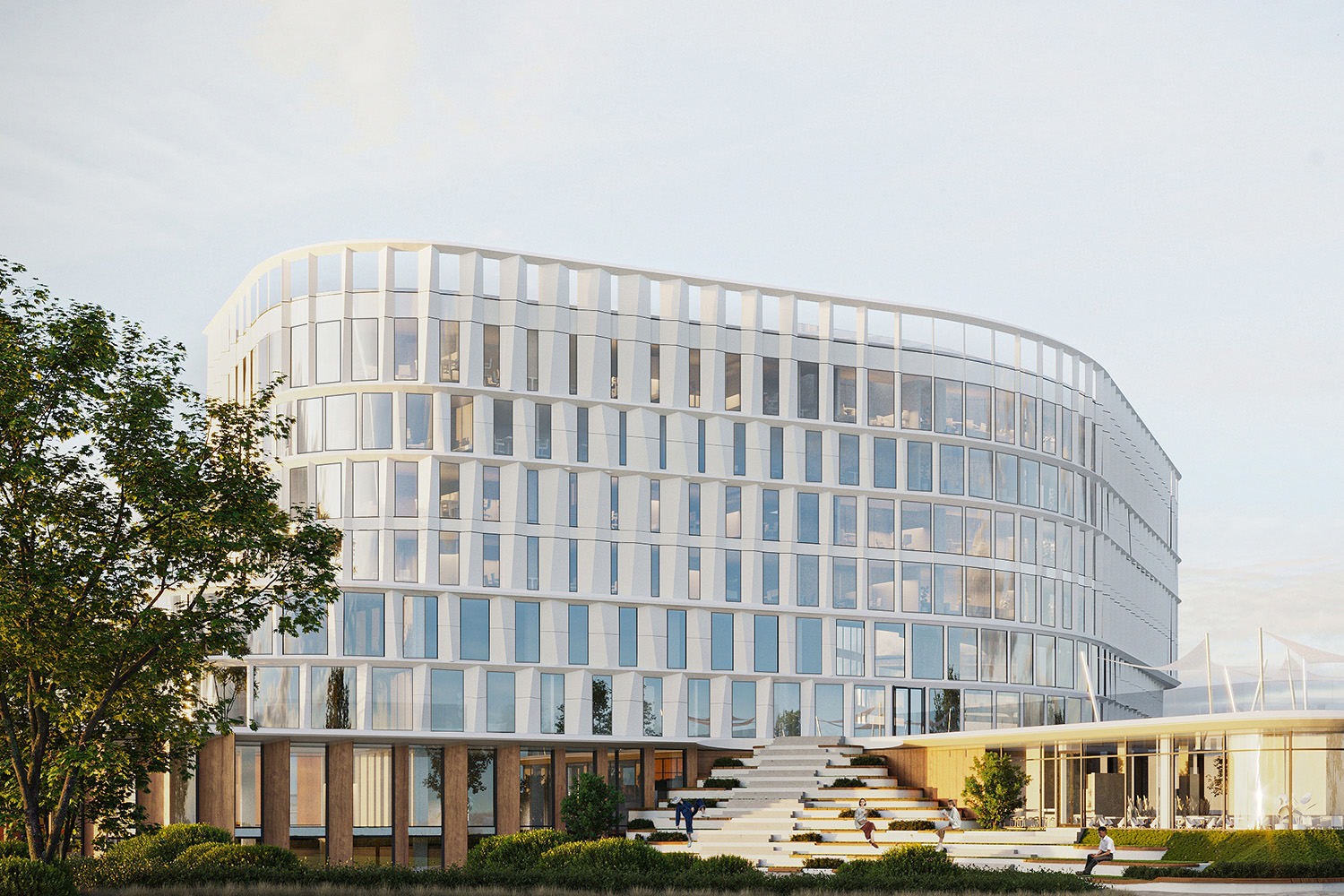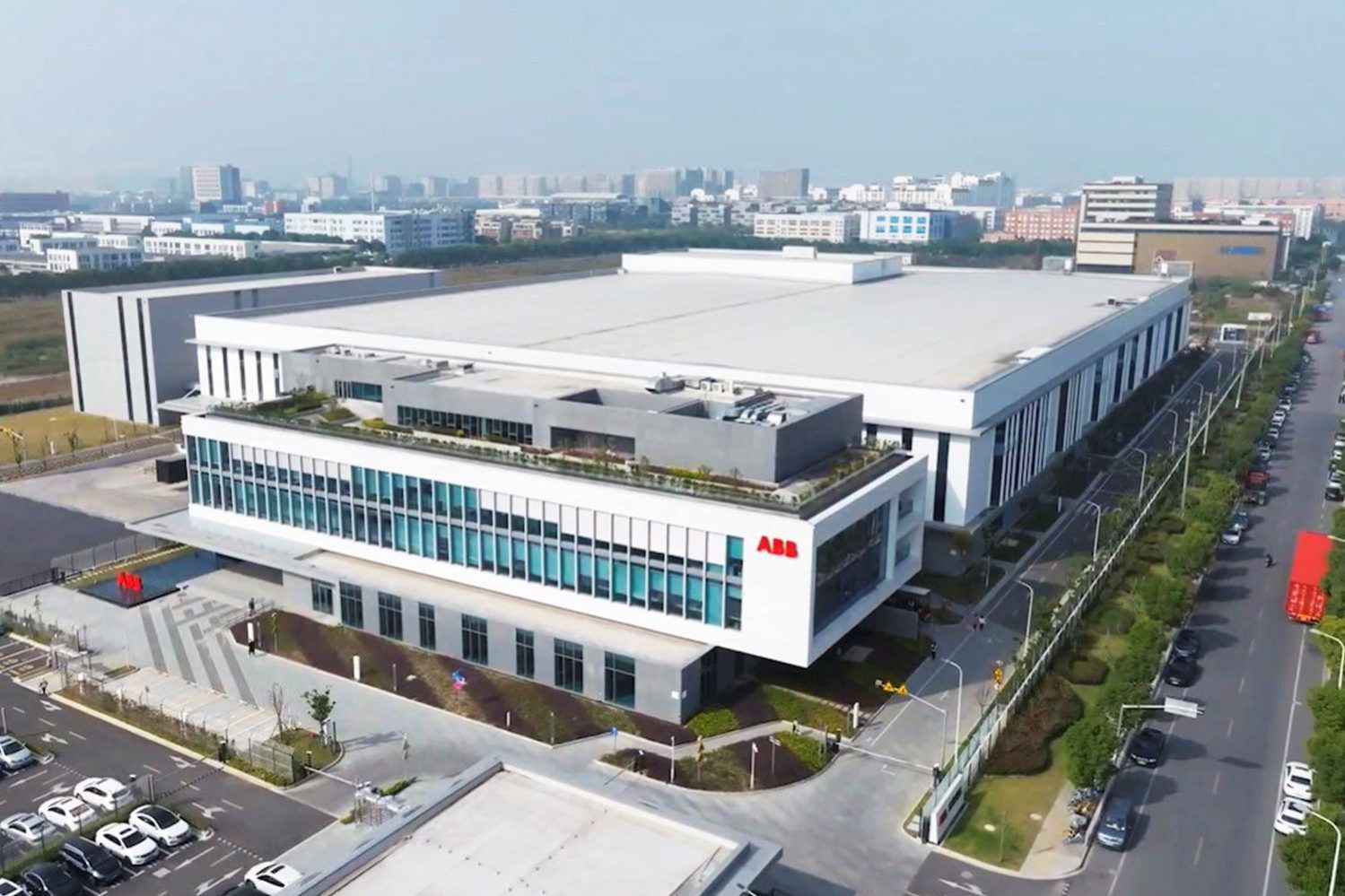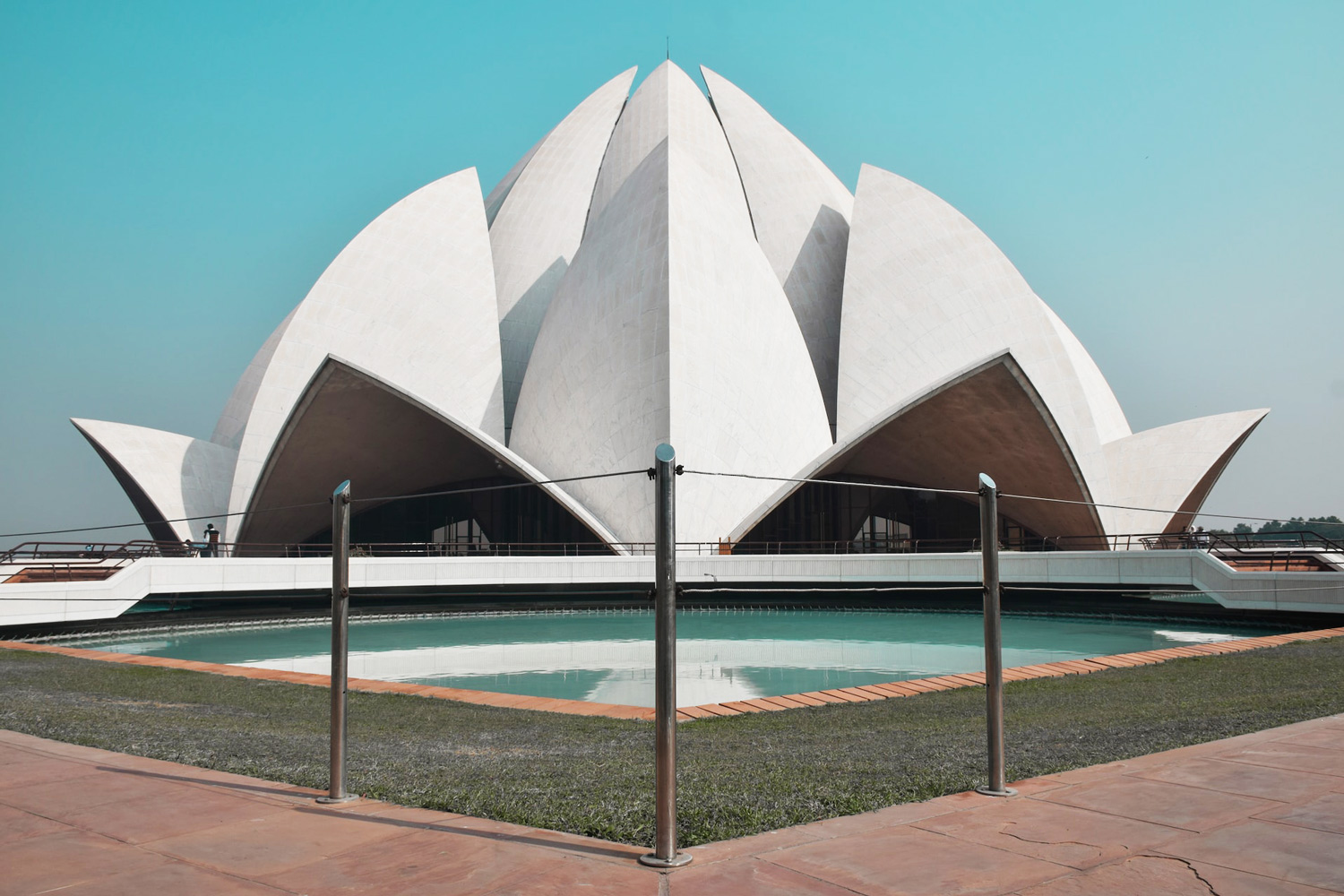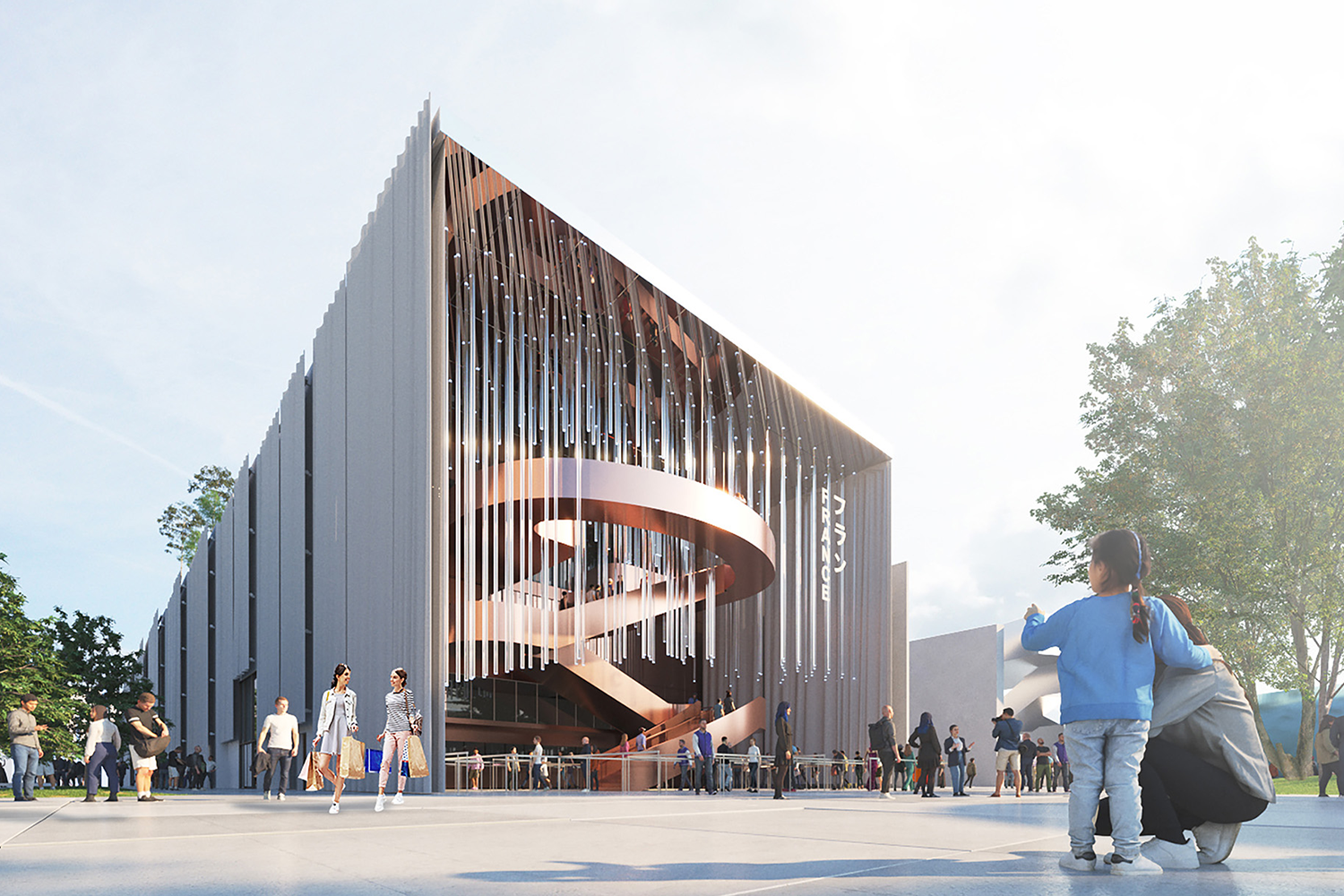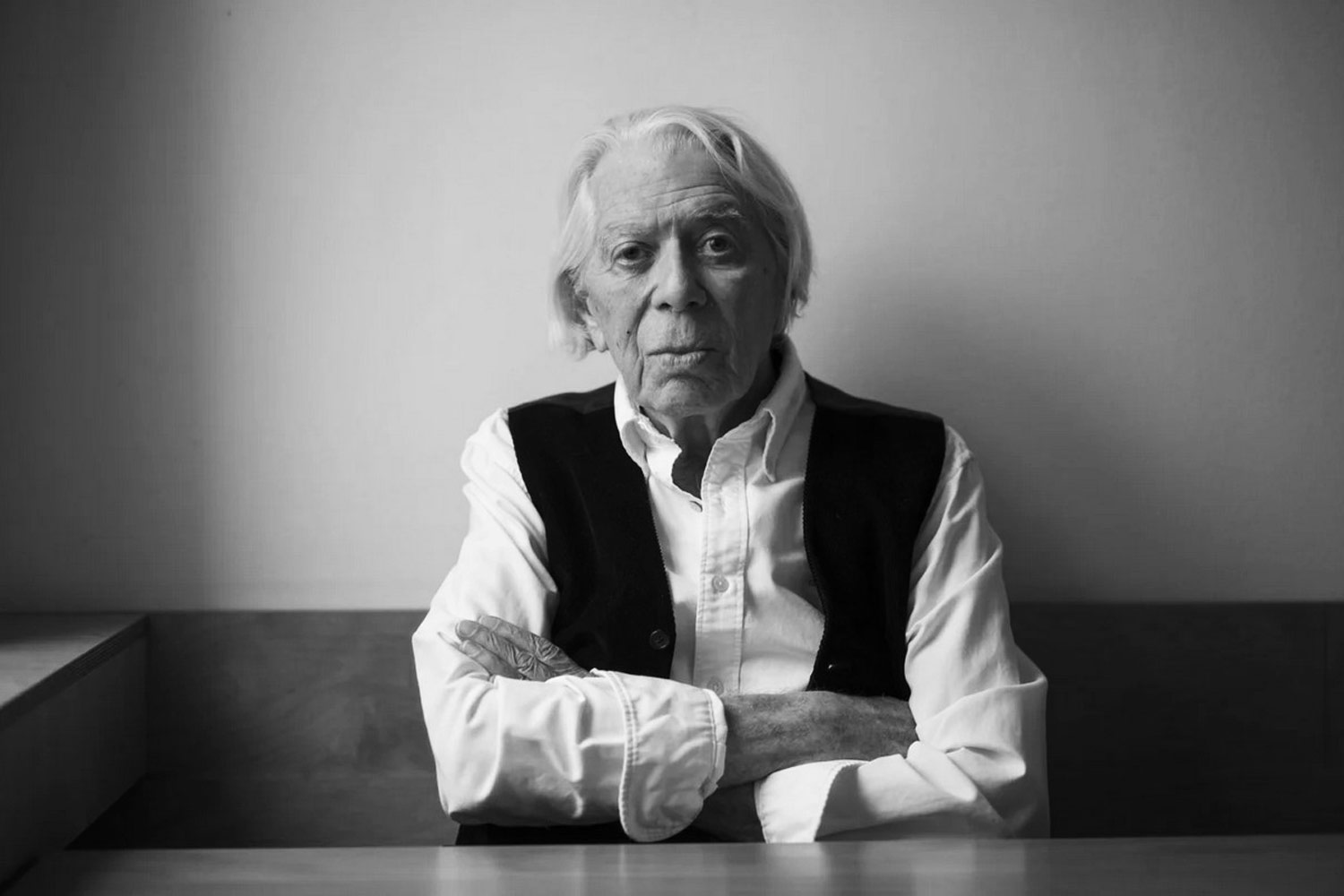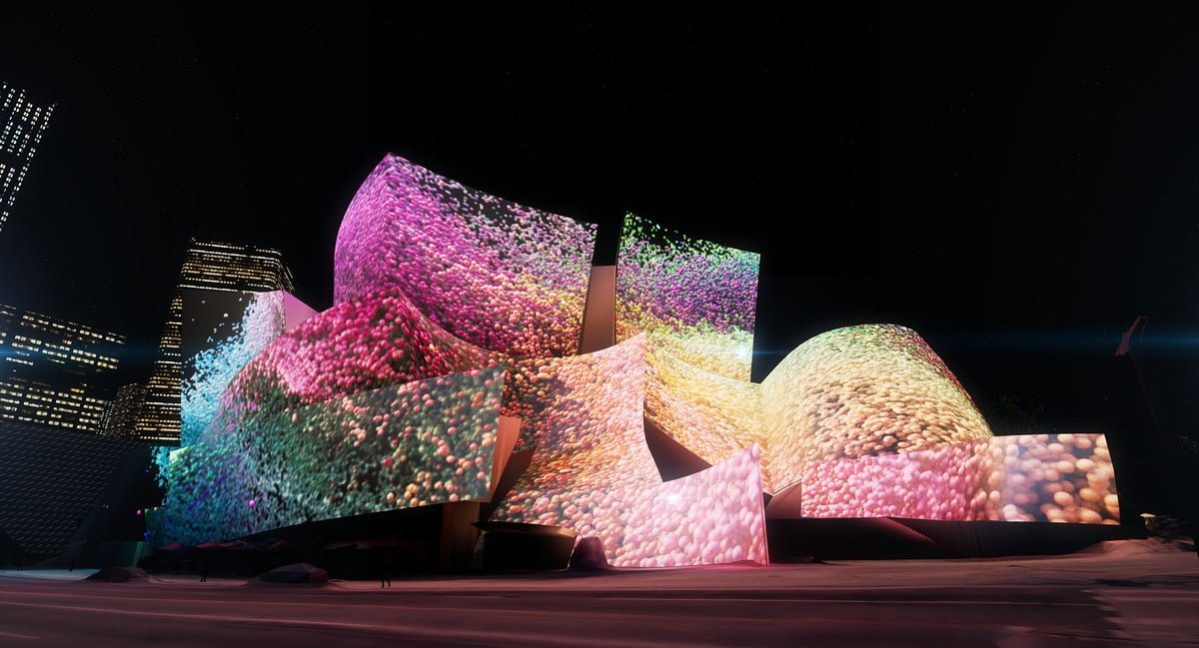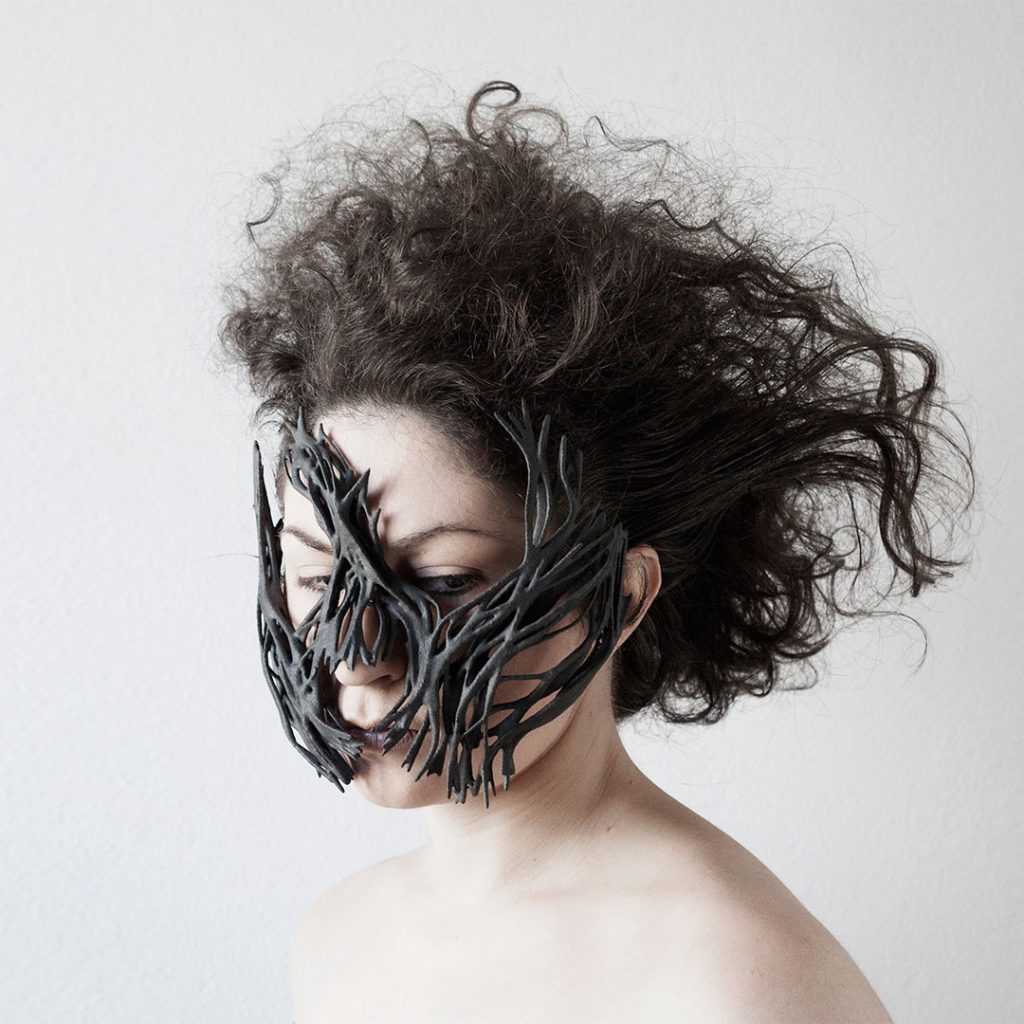
With a deep focus on working with generative and computational tools, architect Filippo Nassetti is among the trailblazers of the current generation who combine technology with digital fabrication. As a talented designer working at Zaha Hadid Architecture, his research aims to showcase innovation for architecture and industrial design methods. He is also the co-founder of MHOX, the EU-funded start-up with Alessandro Zomparelli, which focuses on designing wearable products and speculative prostheses through generative techniques and 3D printing.
Filippo, whose works have been published internationally in a wide range of magazines, unveils the true potential of the aesthetics and visual languages that emerge from the fall of traditional oppositions such as natural and artificial, digital and material, human and non-human, relating research on organic form, computational methods, and new media, and advanced manufacturing technologies.
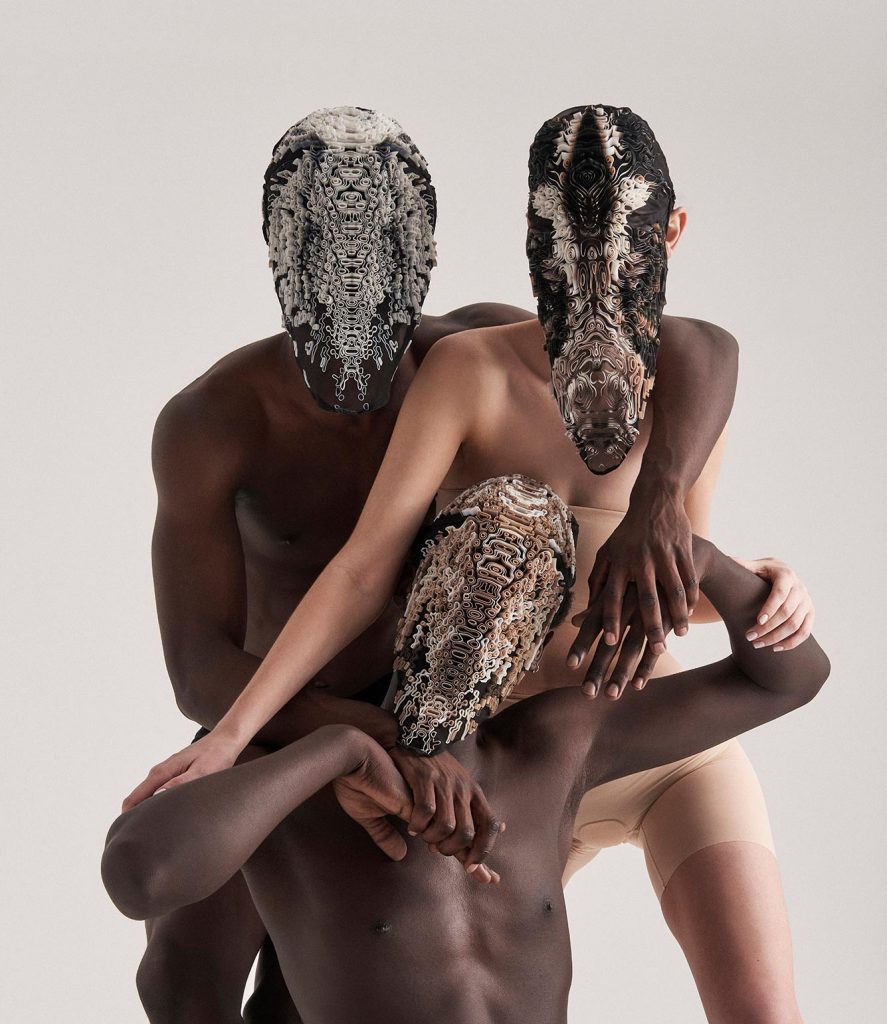
Filippo studied architecture at the University of Bologna. After completing his Master’s Degree, he worked for Plasma Studio Architects in London and SPAN in Vienna. In 2015, Filippo joined Zaha Hadid Architects as part of the Computation and Design team (ZH CODE). Since 2016, he has taught at UCL, The Bartlett School of Architecture, as part of the B-Pro Master’s Degree program.
Also, in November 2015, Filippo joined PA Talks 43 and talked about his career, his design methods, and the software he uses; he will be a tutor at PAACADEMY’s upcoming studio workshop titled “Body Architecture 2.0.“
Postnatural Head
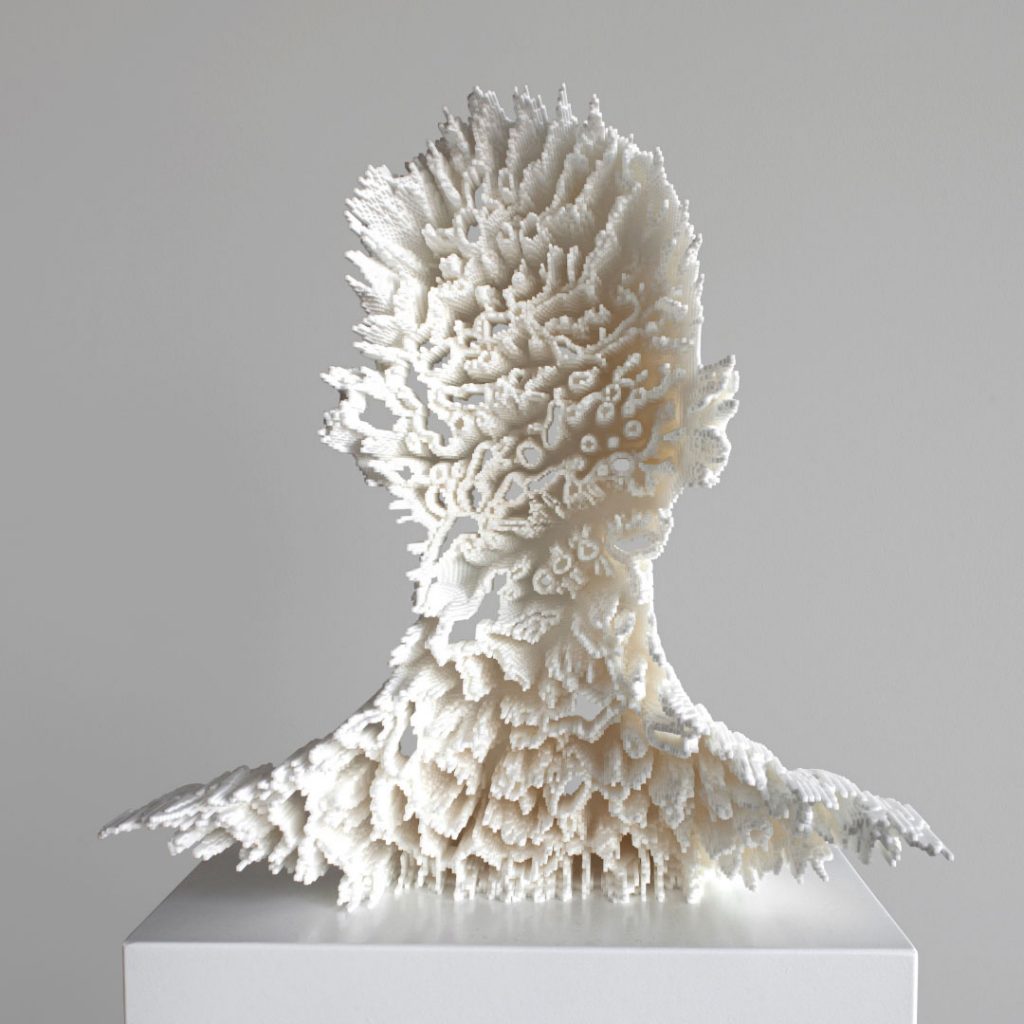
The Postnatural Head is a transformative operation on the human figure that supports a question of identity. Filippo created the Postnatural Head in 2021. The project is part of a larger study on synthetic erosion that began with observations of rock formations, their visual richness, and poetics in various locations worldwide. The figure contains forty thousand unique pieces.
An intuition inspired the Postnatural Head: erode the human figure; the body as a geological entity of hard material rather than flesh and blood; transfer the visual space of natural erosion to the human body while encoding the erosive process as a synthetic, digital operation.
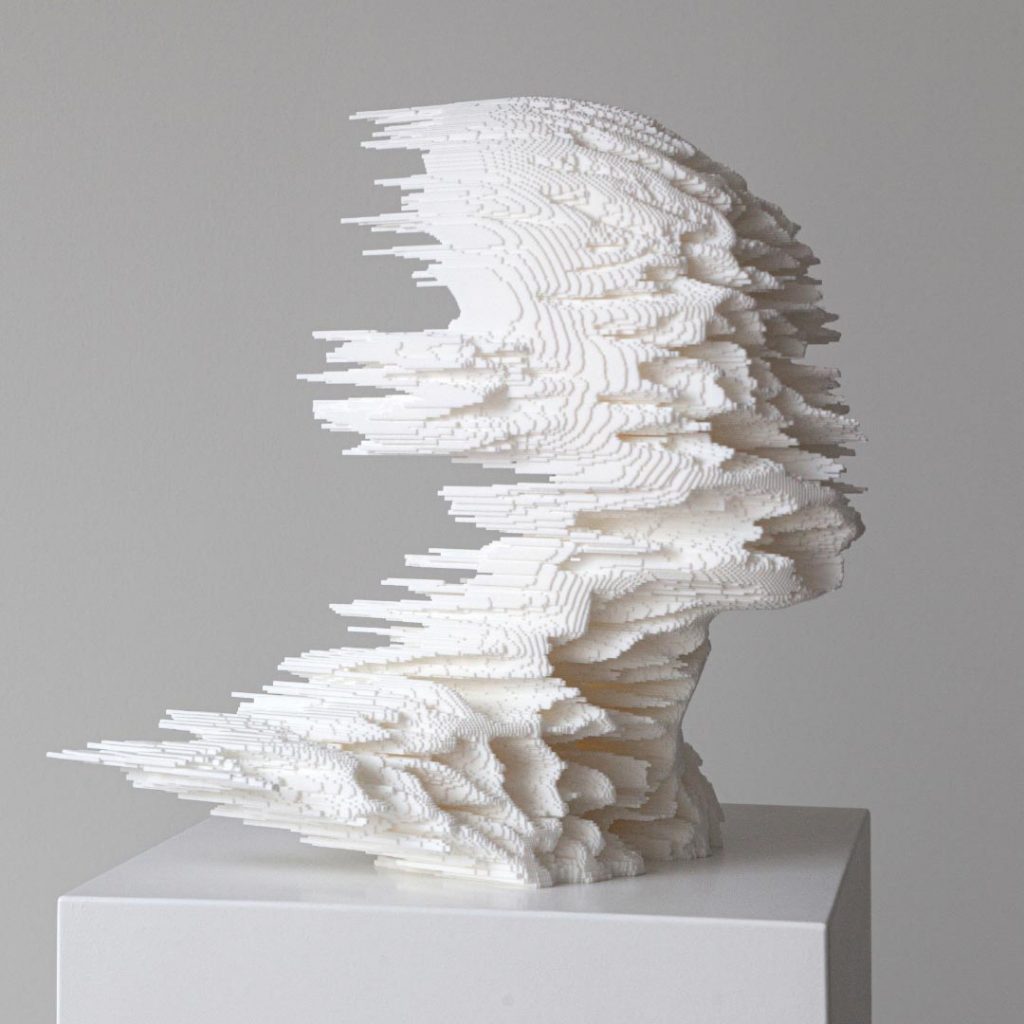
According to Filippo, “An intuition inspired the Postnatural Head: erode the human figure; the body as a geological entity of hard material rather than flesh and blood; transfer the visual space of natural erosion to the human body while encoding the erosive process as a synthetic, digital operation.” He was looking for a relationship between natural and artificial, digital and material, and reformulation of human identities.
Thalassic Masks
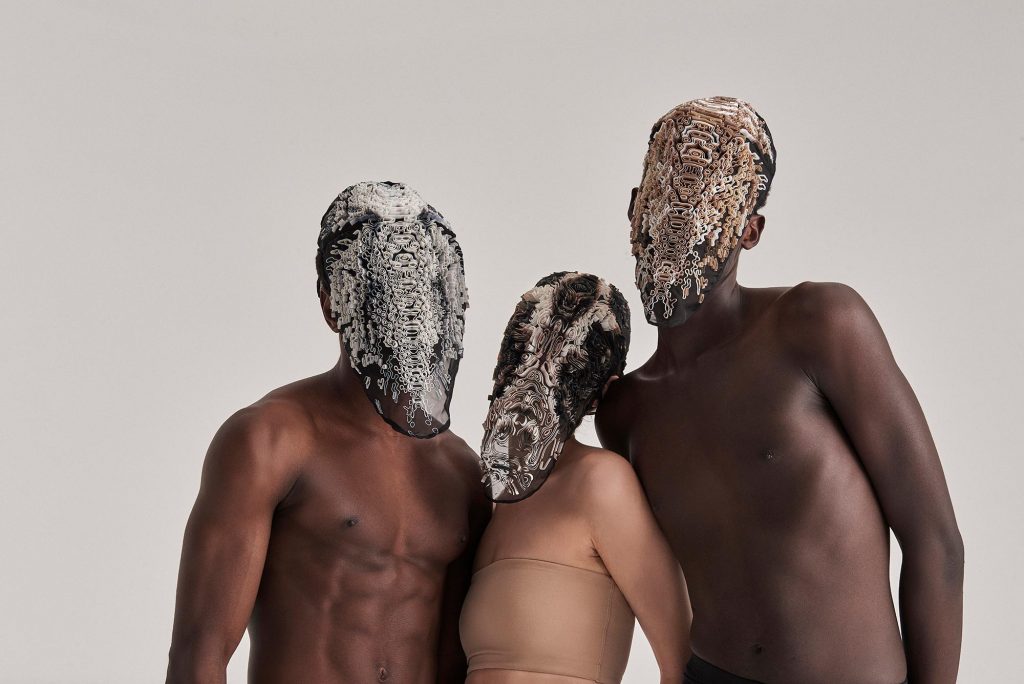
The Thalassic Masks design team is artists Filippo Nassetti and Vincenzo Reale in collaboration with Stratasys, Empa, Haratech, and Creative Region Linz.
The Thalassic Masks are one of its outstanding projects of Filippo. The Thalassic Masks project aims to rethink the protective mask, transforming it from a medical product born in an emergency to a design statement expressing contemporary identities. The project was inspired by looking at marine forms, hence the name “Thalassic,” which means “belonging to the depths of the sea.”
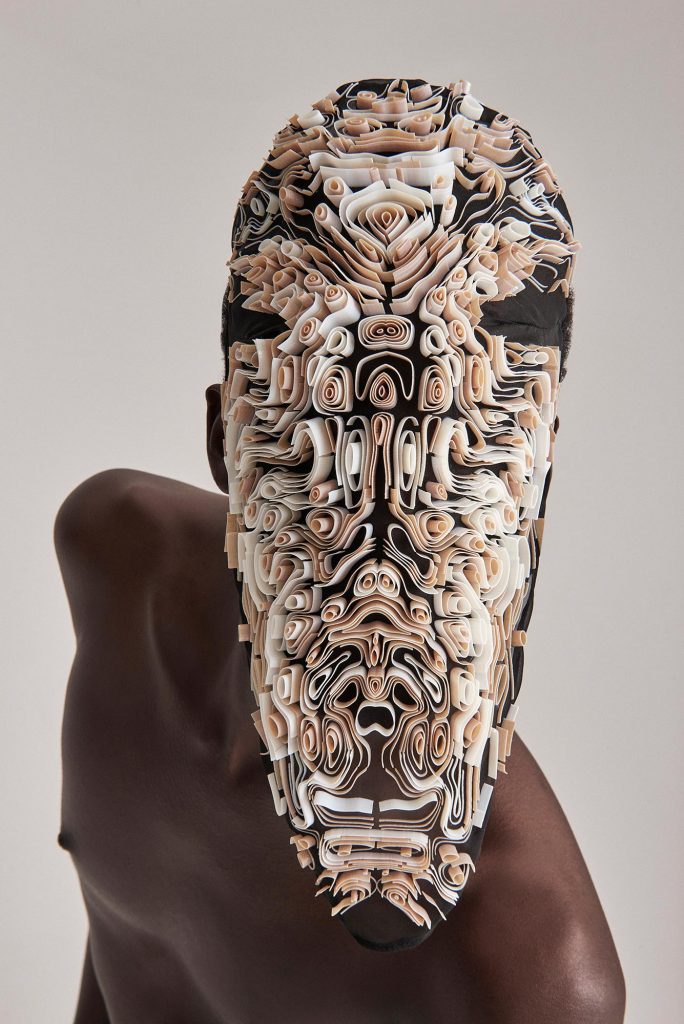
Throughout the Covid-19 pandemic, protective masks with microbial filters became an increasingly important device, a human body integration required to allow personal interactions.
Commercial masks are typically adaptations of devices that were not intended for the extensive use that they now see. Most existing products can perform a variety of functions. Still, they are not designed to interact with the urban environment or to rethink human interactions and personal expression in the way fashion products do.
The Thalassic, which is an organism such as jellyfish, corals, and sea anemones, can filter water and extract oxygen and nutrients due to the features of their own bodies. Because of their internal physical structure, they act as biological filters, allowing them to actively modify the environment in which they live. Aquatic organisms frequently rely on their deceptive appearances to hide or hunt in the underwater environment. Appearances are then incorporated into the survival strategy.
The project 3D printed by Stratasys® (Stratasys J850 – 3DFashion) which makes it possible to filtrate the air and create these unique mask models. The digital design and manufacturing techniques allowed Thalassic to create biomimetics techniques, and 3D-printed polymer material was deposited on very fine chiffon fabric, with digital models controlling the amount of flexibility, color, and structure.
Superabundance Mask
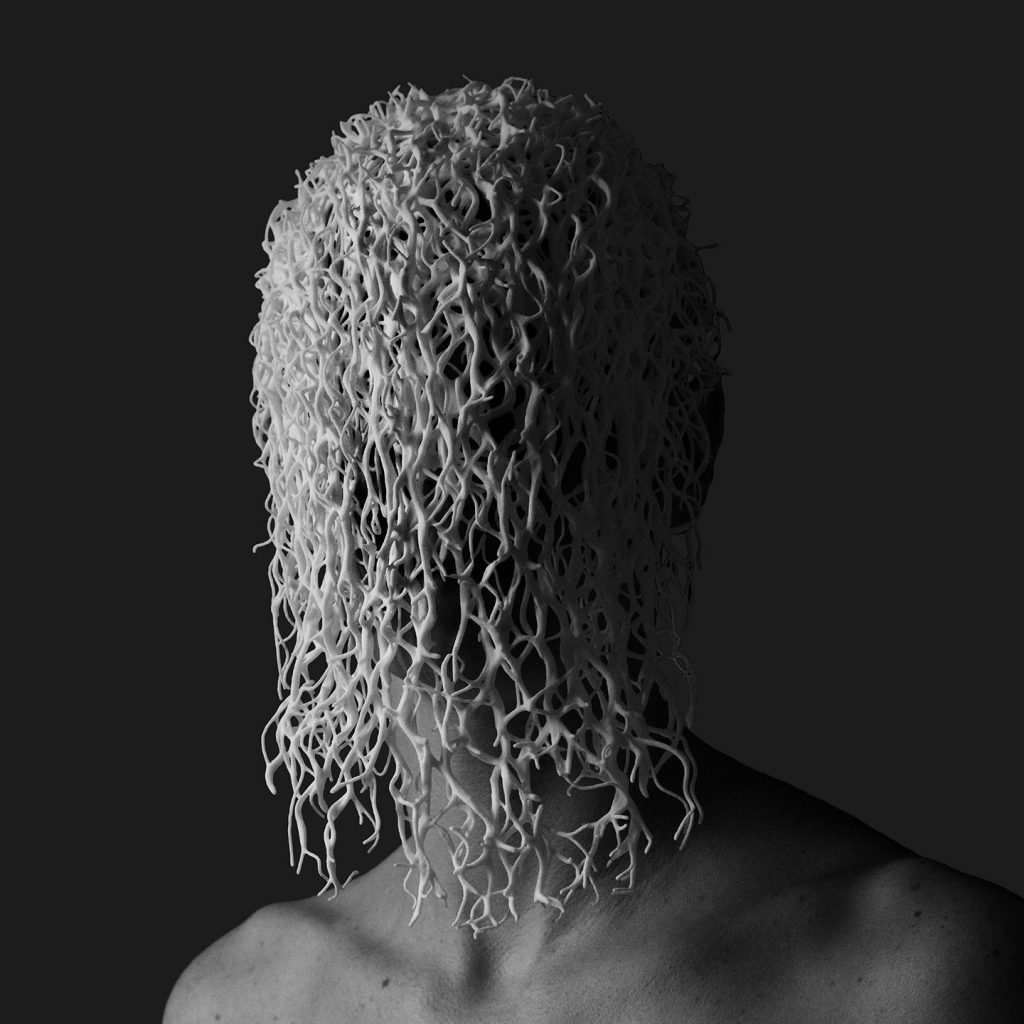
The human body is envisioned as a substratum for creating a fibrous bio-digital object in the Superabundance Mask.
According to Filippo, “The human body is read as territory, while traits of the face are overwritten. A continuous fibrous tissue covers the eyes, mouth, nose; the new face is featureless and unstable, allowing change, such as extension and shrinkage, via addition or removal of fibers.” added. “The project aims at discussing the boundary, conflict, and connection between diverse entities, the human body and a synthetic formation, nature and technology, physical and digital.”
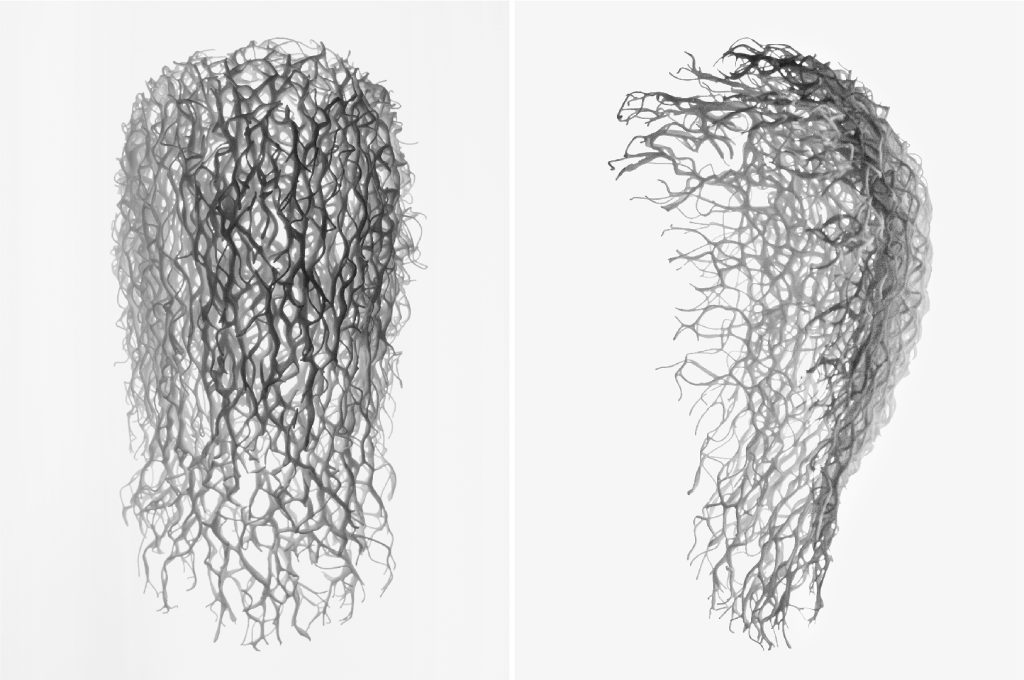
The Superabundance of fibrous tissue is a morphological system that can be controlled and designed by modulating its aggregate properties, such as extension, continuity, density, and orientation, rather than acting locally on the shape of its elements, the identification of which is uncertain. It is a morphological system that can be controlled and designed by modulating its aggregate properties, such as extension, continuity, density, and orientation, rather than acting locally on the shape of its elements, whose identification is uncertain.
Collagene Mask
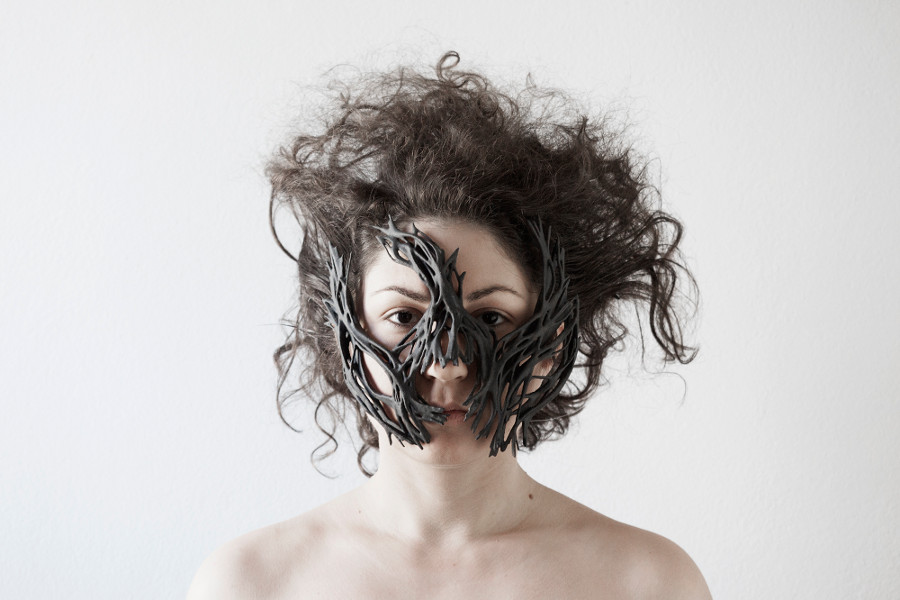
Collagen is the primary component of animal connective tissues, which are organized in fibers and include the skin.
For creating the Collagene Masks, faces are scanned with a sensor and stored in a digital environment. Filippo Nassetti and Alessandro Zomparelli created Collagene Masks. Unique masks for each individual are created by using the software application. The masks are created as one-of-a-kind pieces using 3D printing and WINDFORM materials. The first three models will march in the Venice Carnival parades on February 10th, 2013; in 2020, Filippo recreated it.
This project investigates the physical-virtual divide by connecting computer code abstractions with the intimate, visceral dimension of body alteration sense brought by the mask theme. The topographic anatomy of the face serves as input for a set of algorithms that, under the designer’s control, generate the fibers that form the object, resulting in a material formation that perfectly fits its territory, people’s faces, after 3D printing.
Carapace Audiam 2019
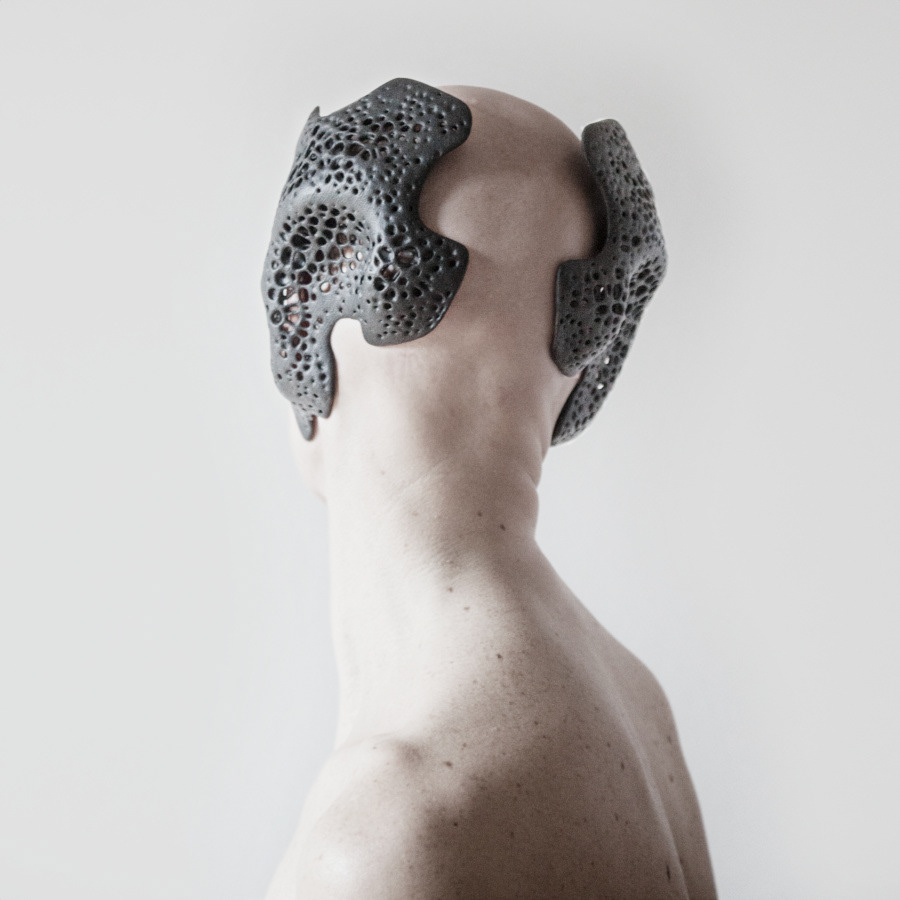
Carapace Audiam 2019 is a symbiont, a postnatural cyborg, a biotechnological system that includes the human body and a material prosthesis. Filippo Nassetti and Alessandro Zomparelli created the masks.
According to Filippo, “This condition sets the ground for novel, postnatural aesthetics to emerge, rooted in philosophy and popular culture. While the idea of a Cyborg, a cybernetic organism and symbiosis between man and technology, has been used by authors such as Andy Clark and Donna Haraway to discuss human cognition and contemporary identities, fictional production is abundant in its visualizations, from punks jacked into the cyberspace in Neuromancer, to Cronenberg’s technological hallucinations, and replicants in Bladerunner.” also he added, “Synthetic biology, genetic engineering, artificial intelligence, worldwide communication networks and other uncountable technological and social transformations affect human thinking and shape new representations of the world. Notions as nature and culture, human and inhuman, digital and material become unstable, as the distinction between organism and artefact, born and made is uncertain and ambiguous.”
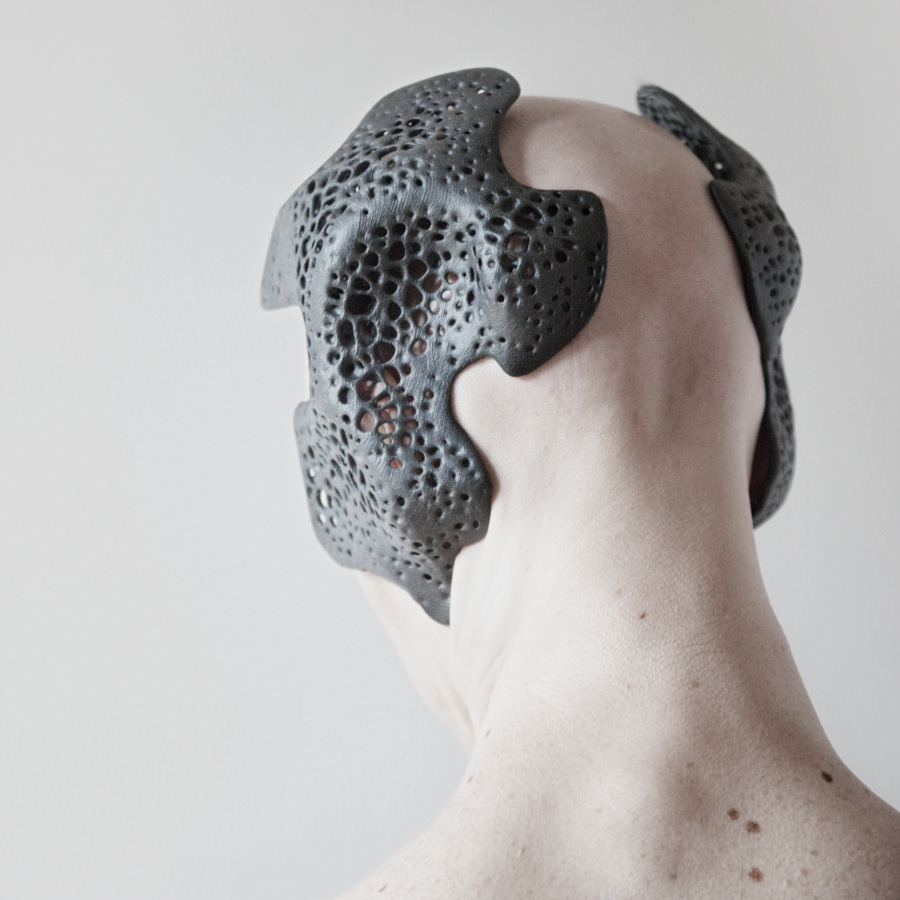
The exoskeletons of insects and crustaceans inspire carapace masks. They are made up of rigid elements that integrate and transform the structure of the head in relation to the senses. Audiam discusses the evolution of the hearing sense through material augmentation, covering the side and the ear. The mask appears alien but completely integrated with the human body. Its personalized shape is based on the volume and architecture of the individual head, data from which is integrated into the design process via digital scanning.
Parenthetically, If you are curious to dive deeper into body architecture, you can check the Body Architecture 2.0 / Studio Filippo Nassetti by PAACADEMY.



